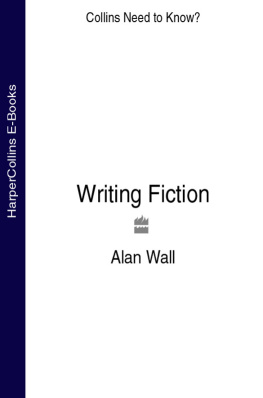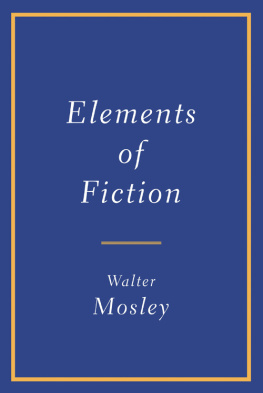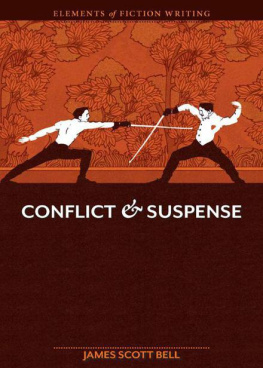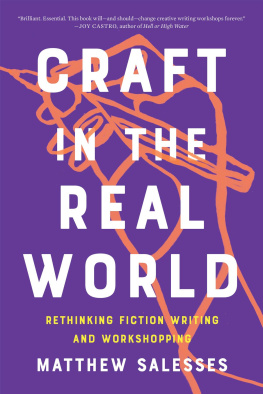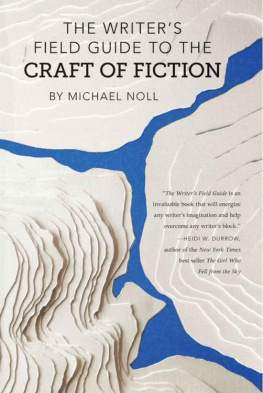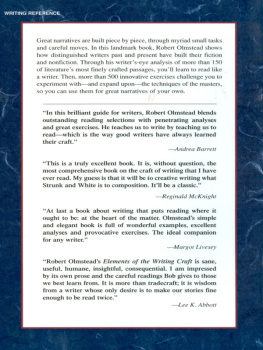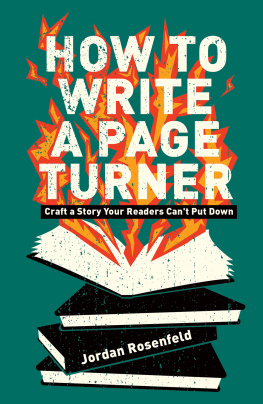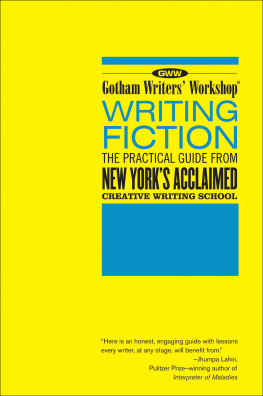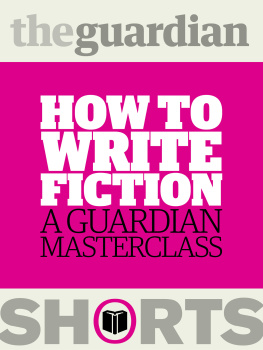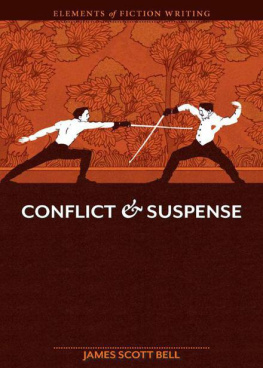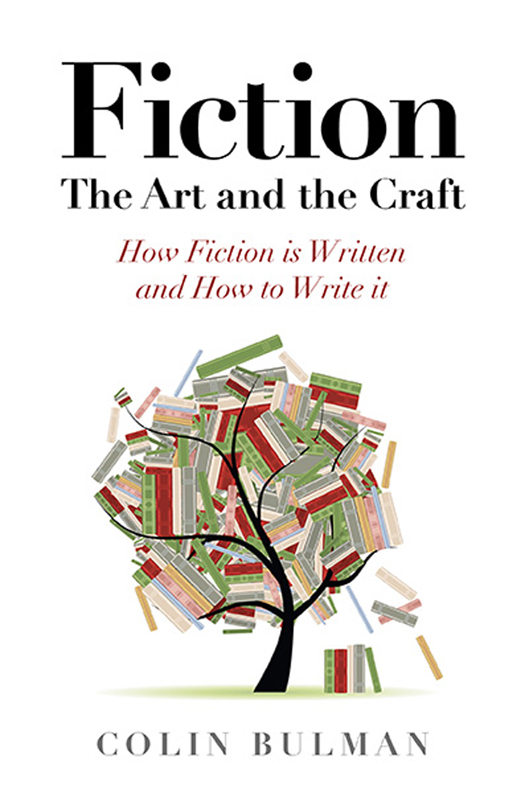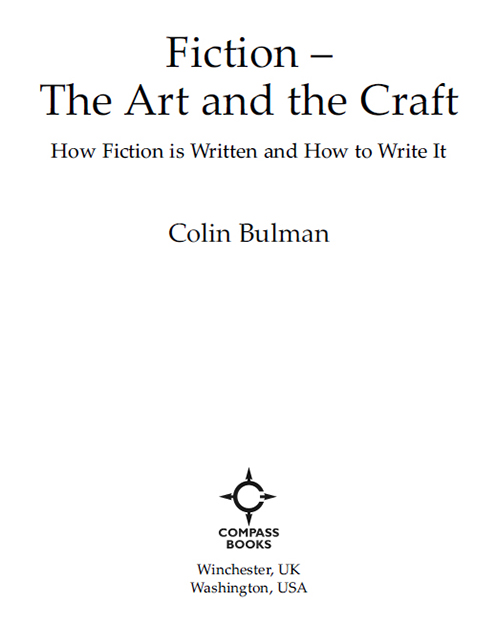First published by Compass Books, 2014
Compass Books is an imprint of John Hunt Publishing Ltd., Laurel House, Station Approach,
Alresford, Hants, SO24 9JH, UK
www.johnhuntpublishing.com
www.compass-books.net
For distributor details and how to order please visit the Ordering section on our website.
Text copyright: Colin Bulman 2013
ISBN: 978 1 78279 435 6
All rights reserved. Except for brief quotations in critical articles or reviews, no part of this book may be reproduced in any manner without prior written permission from the publishers.
The rights of Colin Bulman as author have been asserted in accordance with the Copyright, Designs and Patents Act 1988.
A CIP catalogue record for this book is available from the British Library.
Design: Lee Nash
Printed and bound by CPI Group (UK) Ltd, Croydon, CR0 4YY
We operate a distinctive and ethical publishing philosophy in all areas of our business, from our global network of authors to production and worldwide distribution.
Preface
This book is about fiction and the writing of fiction. It outlines and integrates all the elements which go to make up novels and short stories. The techniques of plays, film and TV scripts are not discussed in detail but many of the principles of story which are discussed apply equally to them and sometimes films are referred to as examples.
There are two ways of using the book. It can be read straight through from beginning to end but the reader should note that each section or chapter has some exercises or suggestions for further work or research. There is no compulsion to do the suggested work. However, it is highly recommended that anyone seriously wanting to write fiction should do some of the exercises. The carpenter in his or her training period does exercises on carpentry techniques before making a piece of furniture. Writers are advised to have a training period as well and they should preferably show their work to a trusted friend in order to get some frank feedback.
In order to illustrate the elements and techniques of fiction, examples from historical and contemporary literature are referred to. Well known examples from fiction have been used in order that most readers will know them rather than have to read a story or novel in order to understand the points being made.
1
What is Fiction?
Definitions
The question What is fiction is not fully answered until the whole of this book has been read because that is what the book is about along with how fiction is written.
Nonetheless, it is useful at this early stage to establish what we mean by fiction and consider both the obvious and less obvious nature of it.
As ever, a good starting point for defining fiction is the dictionary, although most of the definitions are not too helpful and have difficulty in encompassing what is, in effect, a complex work of art if we are considering the novel, films, plays or even short stories.
Most definitions provide variations on the following:
Fictions are written or related imaginary events made up or created by a writer. Unlike non-fiction which is largely true, fiction is not true.
The key words here are created, imaginary, and not true and the three terms need considerable qualification when fiction is considered.
Novels and stories of any kind usually contain among many other features the following: characters, a setting, and action (or events which happen).
Setting or Place
If we take the most straightforward of these, the setting, we are bound to acknowledge that in many stories the setting may be as true to reality as the description of a place in a non-fiction book. Dickenss evocations of parts of London are regarded as authentic. Contemporary novelists frequently set their stories in a specific real town or rural landscape which is quite authentic and is either a real place or based on a real place. In the nineteenth century Thomas Hardys novels were all notable for the accuracy of their landscapes.
The fantasy storyteller may use more imagination in trying to create an alien setting but it is quite likely based on places that the writer and reader recognise. In James Camerons film Avatar, the story is set on the planet Pandora. This setting is one of the most elaborate and wonderful created for any science fiction film and it has been claimed that it is the setting that played a sizeable part in making this one of, if not the, most successful films ever. It is a very considerable imaginative creation. But if we examine the landscape of Pandora in detail, we find that almost all the wonders in the film are based on plant life and landscapes which exist in our world. Modifications and exaggerations simply make it appear completely different. The most amazing feature of Pandoras landscape is probably the floating mountains and Cameron revealed that he had been influenced in their creation by the Huangshan mountain in China which, when mist-enshrouded, appears to be floating in the air.
However, probably the vast majority of fiction is set in recognisable, real places even though sometimes they are not named. Thus, the definition suggesting that fiction is imaginative and untrue does not hold much water in respect to setting.
Characters
Characters are a somewhat different matter. Few writers in devising their characters take as a model a single real person. (When this does occur, it is often a self-portrait of the writer). But equally, most writers would admit that in creating characters they plunder real people, possibly combining characteristics from a number of people they know or have known. Sometimes a real person may have been the model but exaggerated or additional characteristics are added to apparently create a new and individual character. Sometimes the model will be put into a situation (moral or adventurous, for example) which will make the characters behaviour differ from that of the original model.
The reader, of course, will often judge the skill of the storyteller partly by assessing how believable the writer makes the characters. And characters are often made to behave in ways we would expect real people to behave. Even the murderer, a frequent character in fiction, will often seem to behave as we might have expected if convincing motives are provided for the criminal behaviour. Some people claim they could never kill; many psychologists claim anyone could, given the right circumstances.
Thus, again, there are elements of truth in fiction with regard to characters and perhaps it is not correct to suggest that writers imagine or create their characters, at least not by any means completely.
Some novelists have based their characters on real, identifiable people in such a way as to enable recognition by those who have known the person behind the character. D H Lawrence and Aldous Huxley are cases in point. But what these writers did was to portray mostly people they did not admire or who they actively disliked. In these portrayals both Huxley and Lawrence exaggerated the less admirable characteristics of their models and in doing so some critics would claim they created caricatures.
Action
The third element of fiction mentioned before: action or what happens in a story is also usually based on reality whether it be falling in love or killing someone. These things happen in real life. We are interested in them and value writers for exploring them fictionally. It would be difficult to find anything which occurs in fiction which has not occurred in reality. We are reminded of the old saying that truth is stranger than fiction. Of course a story may contain an unlikely-seeming crime, for instance, but if the writer provides the characters with a distinctive motive, then what may seem, before we have the details, rather implausible, in the light of the whole picture provided, can make sense, or at least be believable. So action or events, like characters and settings, have a basis in truth even though the writer may bring some imaginative powers to bear as well.


